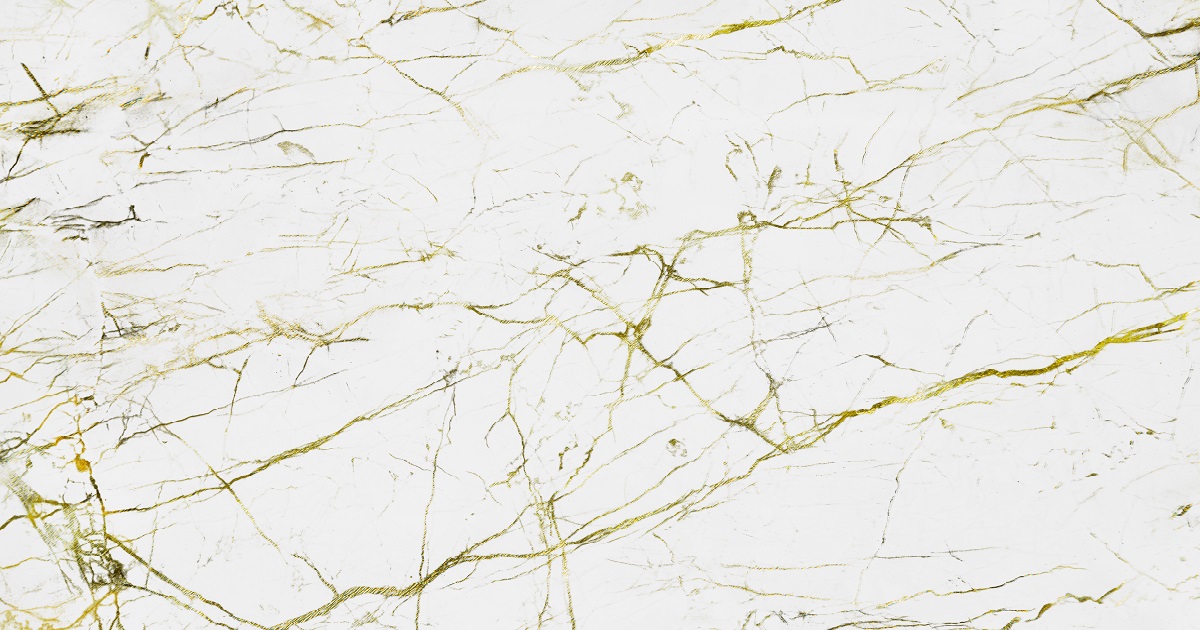Fiber-Reinforced Polymer and Ceramic Composites: Fracture Mechanics
A special issue of Fibers (ISSN 2079-6439).
Deadline for manuscript submissions: closed (31 July 2024) | Viewed by 3199

Image courtesy of rawpixel.com on Freepik
Special Issue Editor
Special Issue Information
Dear Colleagues,
Fiber-reinforced polymer and ceramic composites, which are extensively used in the automobile, marine, and aviation industry can suffer from delamination due to production defects, the impact of hail and birds, overloading, and incorrect machining operations, etc. Components made of fiber-reinforced polymer and ceramic composites with reduced delamination may lose stiffness or provide a path for water ingression, and with delamination growth, ultimately an entire component failure may occur. The most dangerous form of failure of the component or structure made of fiber-reinforced polymer and ceramic composites is delamination. Therefore, it is crucial to investigate the fracture properties of fiber-reinforced polymer and ceramic composites before using them in these industries. Though several standard fracture mechanics test methods are available in the scientific world, the development of these methods or the introduction of new methods to determine the delamination growth resistance, or fracture toughness of fiber-reinforced polymer and ceramic composites are still promising areas of study due to their high demand.
The aim of this Special Issue is to focus on collecting recent research studies and review papers on fracture mechanics and the improvement of test methods to determine Mode I, Mode I, Mode III, or mixed-mode delamination growth of fiber-reinforced polymer and ceramic composites. Moreover, the editors invite research works to be published in this Special Issue regarding finite element model and the simulation of fracture tests such as cohesive zone modeling. Any other experimental, theoretical, and numerical work associated with the mechanism of delamination growth in fiber-reinforced polymer and ceramic composites will be a good fit with the scope of this Special Issue.
Dr. Munshi Mahbubul Basit
Guest Editor
Manuscript Submission Information
Manuscripts should be submitted online at www.mdpi.com by registering and logging in to this website. Once you are registered, click here to go to the submission form. Manuscripts can be submitted until the deadline. All submissions that pass pre-check are peer-reviewed. Accepted papers will be published continuously in the journal (as soon as accepted) and will be listed together on the special issue website. Research articles, review articles as well as short communications are invited. For planned papers, a title and short abstract (about 100 words) can be sent to the Editorial Office for announcement on this website.
Submitted manuscripts should not have been published previously, nor be under consideration for publication elsewhere (except conference proceedings papers). All manuscripts are thoroughly refereed through a single-blind peer-review process. A guide for authors and other relevant information for submission of manuscripts is available on the Instructions for Authors page. Fibers is an international peer-reviewed open access monthly journal published by MDPI.
Please visit the Instructions for Authors page before submitting a manuscript. The Article Processing Charge (APC) for publication in this open access journal is 2000 CHF (Swiss Francs). Submitted papers should be well formatted and use good English. Authors may use MDPI's English editing service prior to publication or during author revisions.
Keywords
- unidirectional fibers
- woven fibers
- polymer matrix composite
- ceramic matrix composite
- fracture mechanics
- delamination
- interlaminar fracture toughness
- finite element analysis
- cohesive zone modelling
- mechanical tests
Benefits of Publishing in a Special Issue
- Ease of navigation: Grouping papers by topic helps scholars navigate broad scope journals more efficiently.
- Greater discoverability: Special Issues support the reach and impact of scientific research. Articles in Special Issues are more discoverable and cited more frequently.
- Expansion of research network: Special Issues facilitate connections among authors, fostering scientific collaborations.
- External promotion: Articles in Special Issues are often promoted through the journal's social media, increasing their visibility.
- e-Book format: Special Issues with more than 10 articles can be published as dedicated e-books, ensuring wide and rapid dissemination.
Further information on MDPI's Special Issue polices can be found here.





